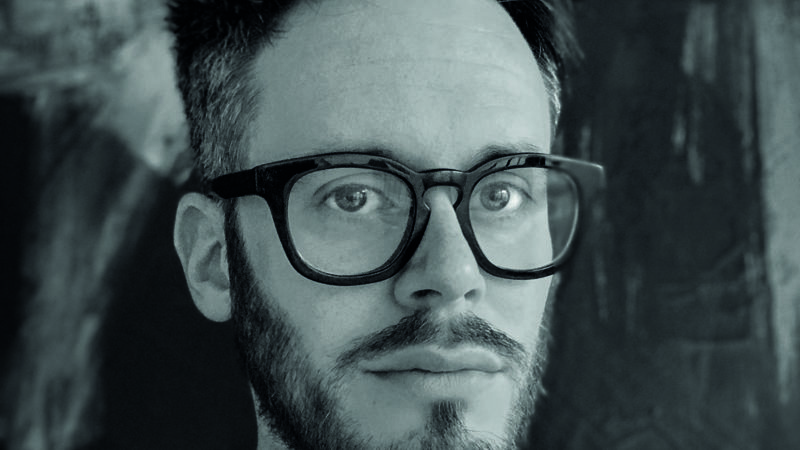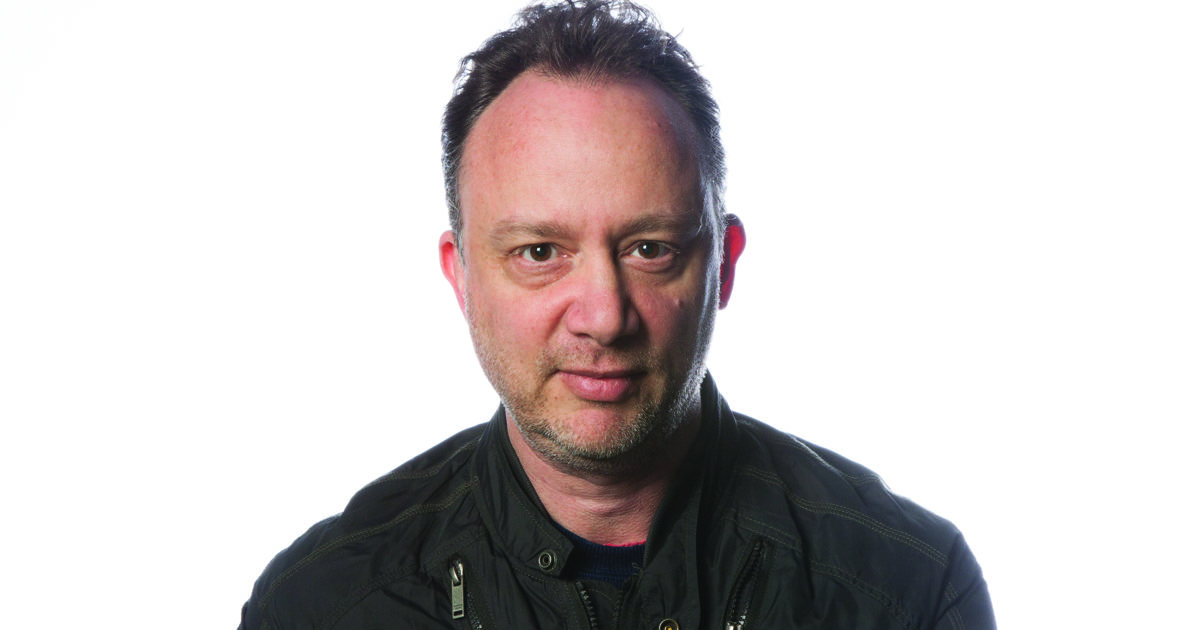Cannes Q&A: Brand Experience and Activation with Jon Hamm
We chat with Jon Hamm, Global Chief Creative Officer at Geometry Global.
How creatively successful do you think the last 12 months have been when it comes to brand experience and activation?
Maybe it’s obvious I would say this, but I really think it is the most creatively exciting discipline in our industry.
Every brief starts with a blank piece of paper. The ideas aren’t defined by discipline or channel. True brand experience is about solving problems and doing it in a way that puts people first, engages them and gives them something that they truly value and need. What is better and requires more creative firepower than that?
To be successful agencies, we need to take creativity beyond communications and into every part of clients’ business
What pieces of work from this category have impressed you the most this year and why?
To be successful agencies, we need to take creativity beyond communications and into every part of clients’ business and it’s work that demonstrates this type of ambition and skill that has caught my attention the most.
The work takes so many different forms, there are campaigns like Volts by Volvo that solved the problem of renewable energy for electric cars by starting a green electricity company for Volvo owners. Or the Check Out Suite for the Hotel Bellora in Gothenburg, Sweden, which created a way of rewarding its customers for not using technology/social media during their stay by connecting digital consumption to the price of the hotel, then bringing it all to life with a smart lamp in the hotel room that records and visualises guests’ digital consumption.
Finally, more recognisable brand experience work like the OMO tag work out of TBWA\RAAD, Dubai, that surprised consumers, disrupted sampling and created a new medium: the OMO Tag [a water-soluble clothing tag made out of OMO laundry detergent that would dissolve in the wash.] Great work that just makes me jealous.
Credits
powered by
- Agency TBWA\RAAD/Dubai
-
-
-
-
Unlock full credits and more with a Source + shots membership.
Credits
powered by
- Agency TBWA\RAAD/Dubai

Credits
powered by
- Agency TBWA\RAAD/Dubai
How has this category evolved over the last few years?
Brand activation has radically transformed in two fundamental ways. Firstly, the understanding of how vital it is in terms of driving real behaviour change and conversion for brands. This has greatly increased with savvy clients. Secondly, the scope of what is seen to be within the remit of brand activation has changed, this now needs to touch every part of our clients’ business, which in turn has changed the way we work and who we work with.
Where do you think this category is heading and is it now an integral part of a brand’s advertising strategy?
One of the big changes we are seeing is the shift in activation strategy from global ideas executed everywhere, to each market now planning its own ideas locally. In other words, a lot of the work we used to do was at the centre and we would then help the markets execute it. Today this has been turned on its head. It’s all about [creating] ideas in the market, activating them, testing, learning then globalising them. I see this trend continuing.
How difficult is it to stand out in this sector?
I don’t know how hard it is to stand out in the sector but I know how hard it is to stand out to the right creative talent. We aren’t fishing in the same old pools anymore, we want thinkers and makers from all walks of life.
that feeling from the beach never left me and I truly believe we have a responsibility in our industry to be part of the solution and help guide our clients to a better place
What’s been your favourite campaign from any category over the past year?
A couple of years ago I was lucky enough to be invited to judge the Clios. That year, judging took place in Sanya in China. As always, judging is such a great experience, spending time in a room away from the day-to-day of work, with like-minded people from all over the world discussing ideas, is about as good as it gets.
However, one thing did slightly ruin the experience for me and for many of the other creatives there: Sanya was hit by a storm days before our arrival and as a result the beach was covered, from front to back, for as far as the eye could see, with plastic. It was pretty sobering, not least because it was the detritus of many of the brands we’d spent our careers working on.
So why am I mentioning this here in answer to your question about favourite work? Well, to be honest, that feeling from the beach never left me and I truly believe we have a responsibility in our industry to be part of the solution and help guide our clients to a better place.
With this in mind, I wanted to bring to your attention some work from the Geometry teams in Costa Rica and Mexico. This is an idea they talked to us about last year and which I’m incredibly proud to say went live in the last couple of weeks.
It’s an important piece of work and is a great example of the kind of creativity I’m excited about.
The idea is called RubbishRubbish and it is a socially-driven campaign which invites people to post pictures of bad or ridiculously indulgent packaging to their social networks alongside the hashtag #plasticoinnecesario [#RubbishRubbish].
The images are then curated and shared at libresdeplastico.com. From here industrial designers from Instituto Tecnologico de Costa Rica (TEC) and the Universidad Veritas suggest environmentally-friendly, practical, cost-efficient packing alternatives, which are then reposted to the site and to the brand involved to show them a better solution to their problem.
As the clients, Esencial Costa Rica and Preserve Planet, said: “why wait until the single use plastic ban comes into full effect in 2021 when we can all make a difference now?”. It’s an important piece of work and is a great example of the kind of creativity I’m excited about.
Will you be attending Cannes this year and, if so, what are you most looking forward to about the event?
Yes. Looking at great work and catching up with some brilliant friends from around the world.
)




 + membership
+ membership







